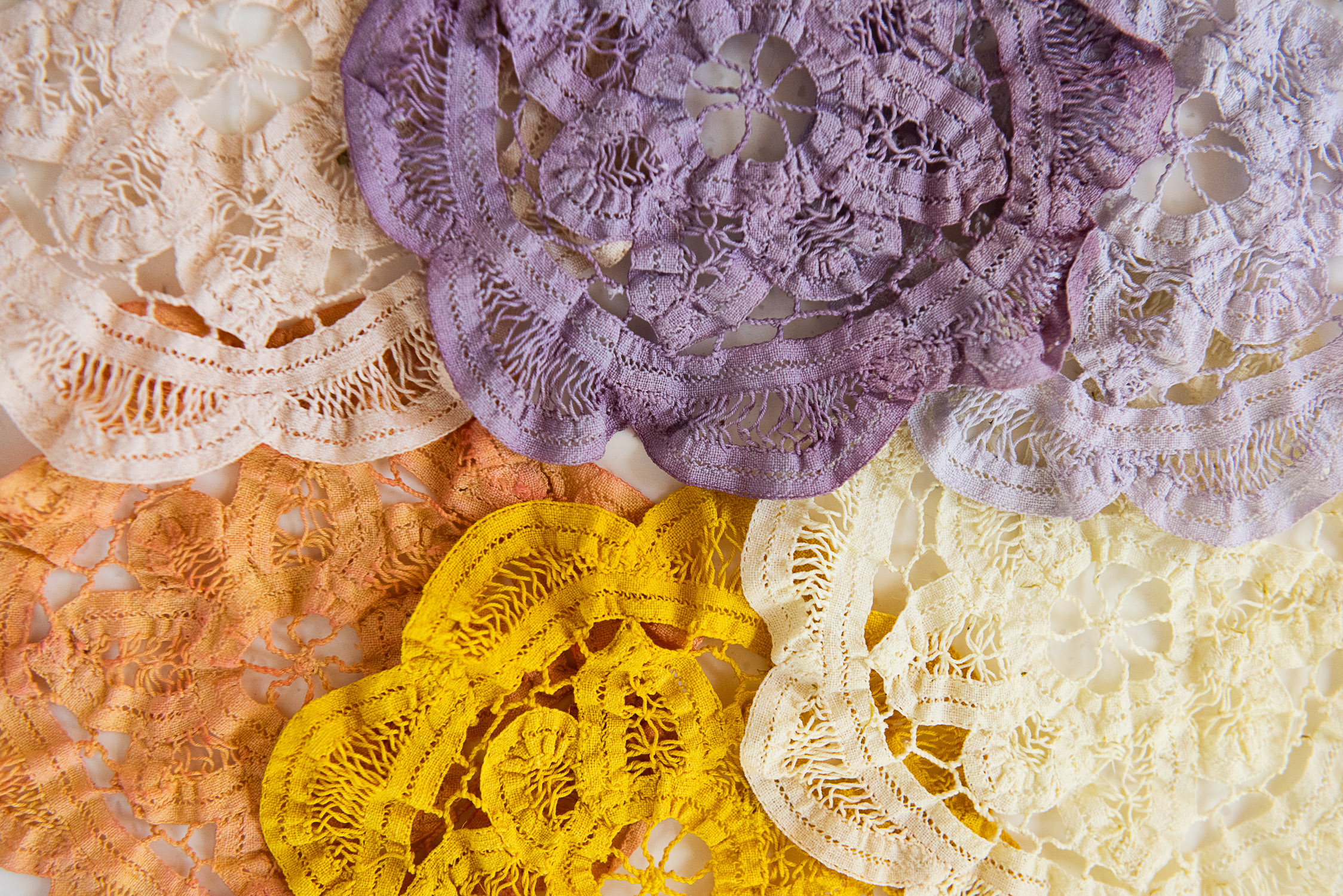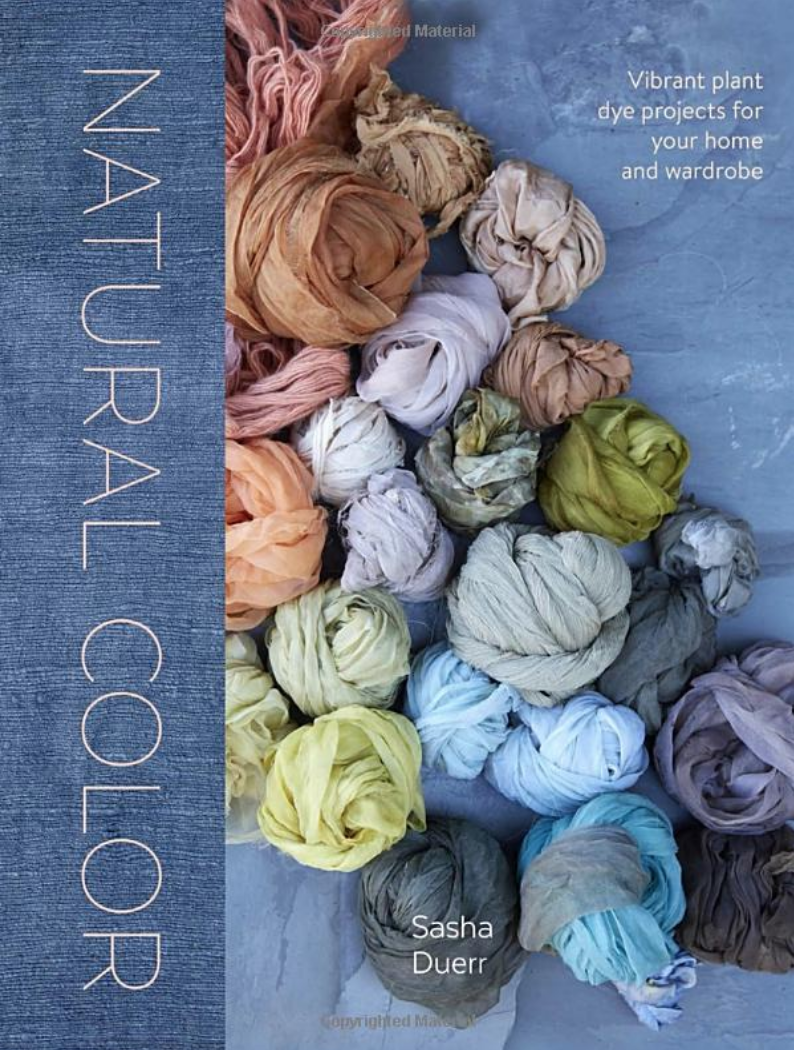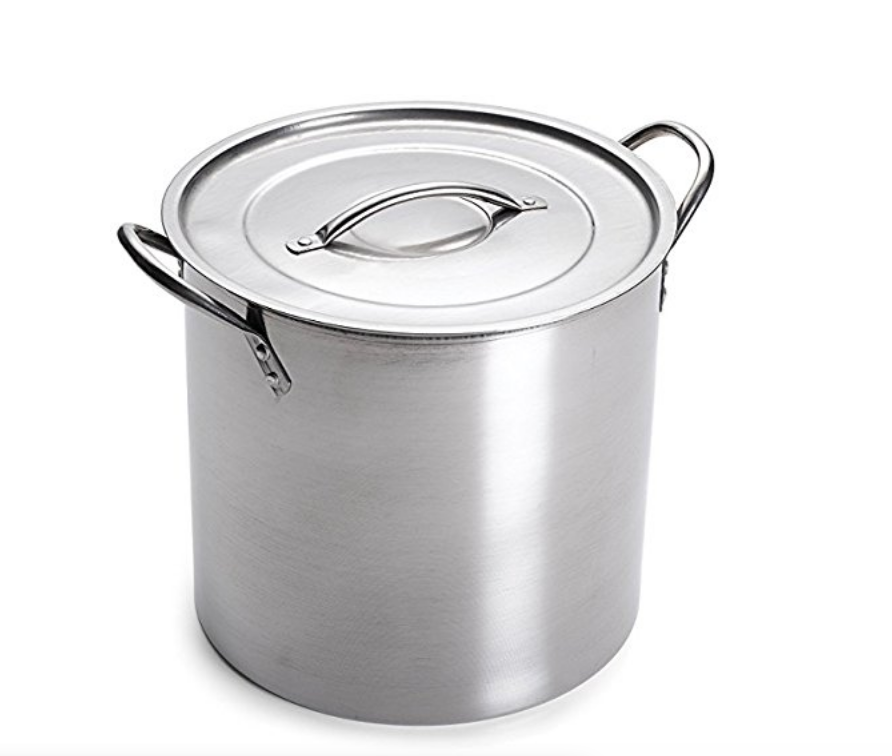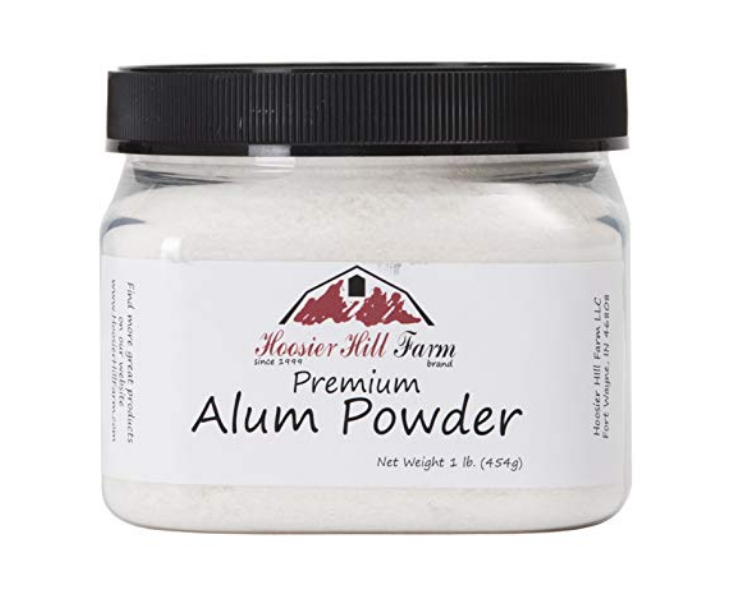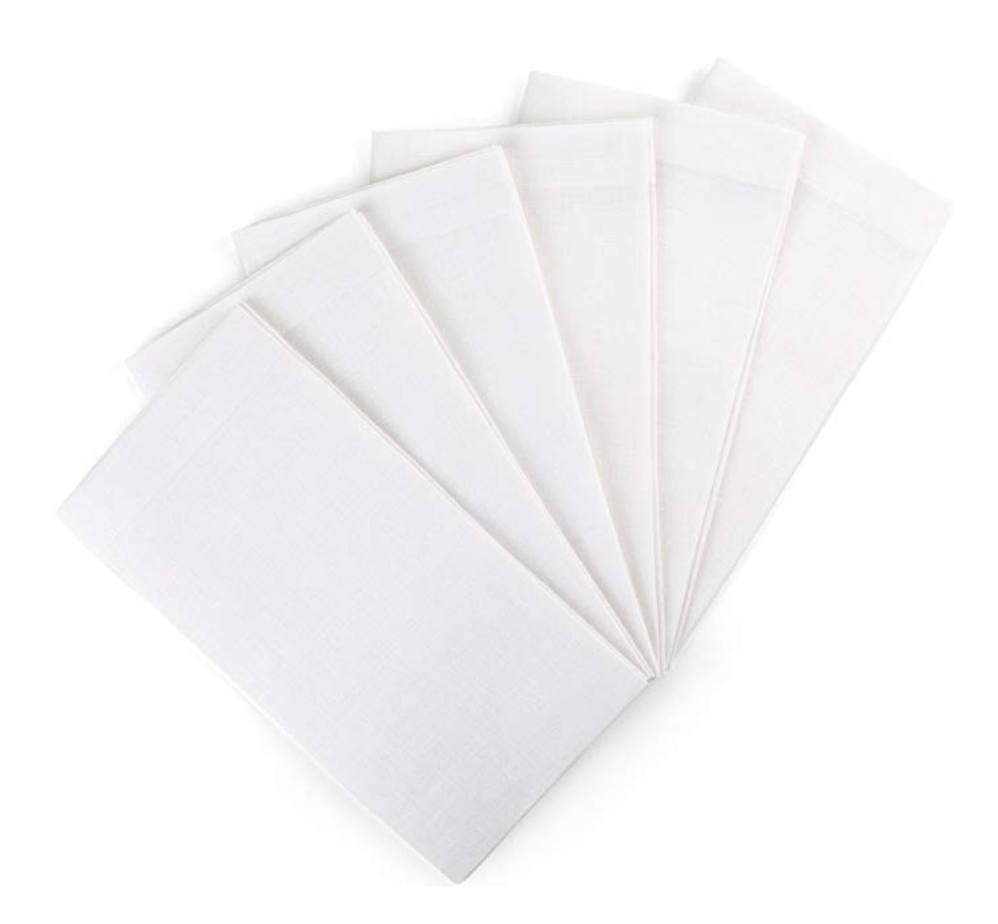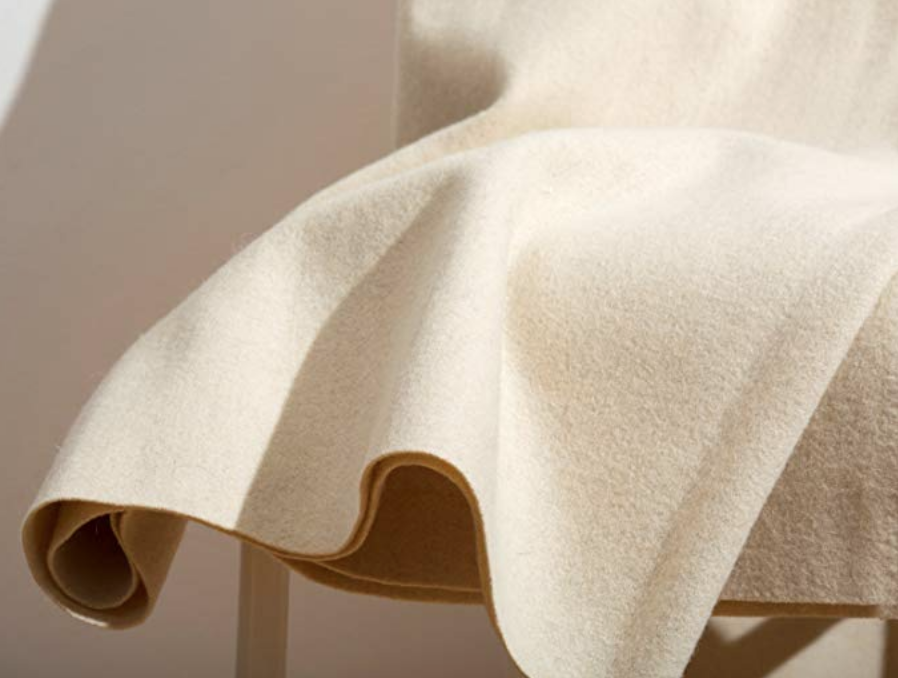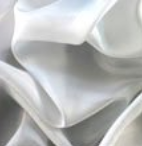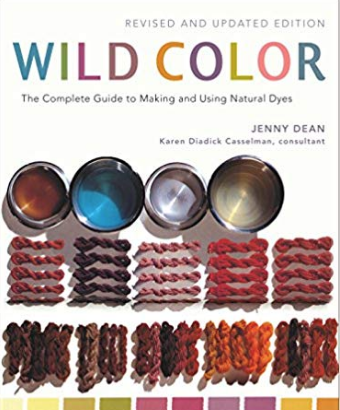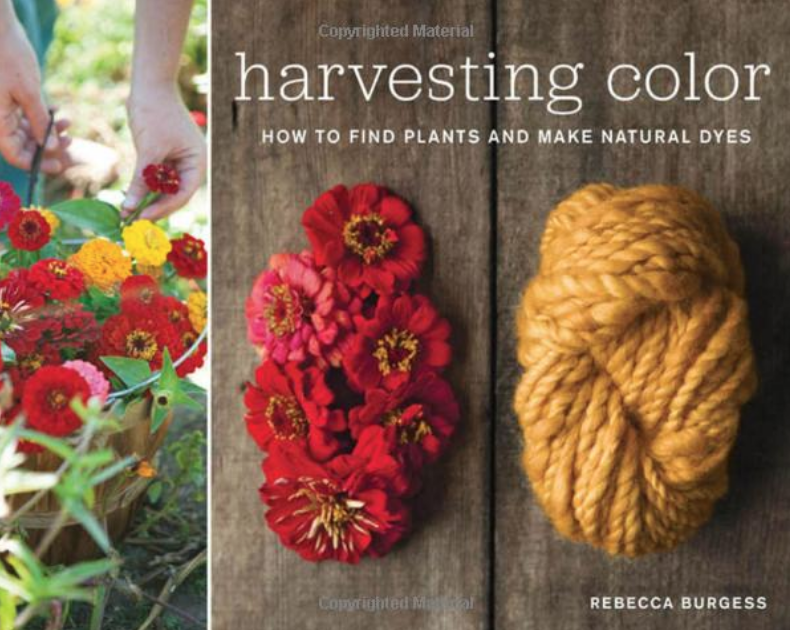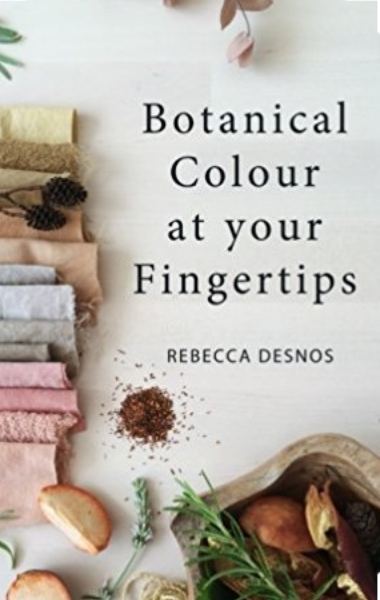15 Reasons Your Natural Dye Project FAILED (And Why You Should Do It Anyway)
/*This post contains affiliate links. This means that if you click through and give the product a whirl, I get a tiny fee for spreading the news at no extra cost to you.
Once upon an early spring, I spent a whole two weeks holed up in my mother’s kitchen making an utter mess and flinging vegetable matter everywhere as I tried to master the witchcraft that is the natural dyeing of fabrics. It seriously looked like an ongoing food fight. My dad took to walking in the door and beelining for both the broom and a generous glass of red wine. They were probably thrilled when I packed up my blog and headed back to Charleston, leaving a trail of mulberry stains in my wake.
Here’s the thing about natural dye: IT IS NOT AS EASY AS IT LOOKS OR AS PINTEREST WANTS YOU TO BELIEVE.
Trust me. I did more than 15 different dye batches with various ingredients. When a given ingredient failed, I would stubbornly look up another way of dyeing with that material and try it again. When it still failed I would stomp around the kitchen, pour my own glass of wine, and start chopping again.
I am NOT an expert in natural dyes. I am absolutely a star at failing at natural dyeing.*
*You should follow master natural dye goddess Sasha Duerr, her book is available here. I check her Instagram pretty much daily, it’s incredibly inspiring.
The entire experience was, on the whole, an utter disaster IF you are trying to permanently dye fabric. But I’m getting ahead of myself. I’m still really happy I spent my time delving into the world of natural dyes, and you can read about why if you scroll to the end of this post.
If you’re reading this, you most likely are surrounded by mushy dye pots and soggy fabric, mid-primal scream, and wondering what the hell went wrong. I got you, girl. Pour yourself a glass of bubbly and let’s unpack this one.
15 Reason Your Natural Dye Project FAILED (And Why You Should Do It Anyway)
1. You picked a fugitive dye.
You dyed your fabric. It turned out gorgeous, vibrant, perfect. You patted yourself on the back, sure you’d never need to read this post. You hung your fabric on the wall, laid it out on your dining room table, wore it. The next thing you know, that beautiful hue disappeared faster than your last Tinder date. Surprise! You’ve been ghosted by a fugitive dye. Not all materials are stable enough for the permanent dyeing of textiles and will fade pretty much completely over a certain amount of time. Most berries fall in this category, as do beets and rhubarb. Worried you’ve cooked up a bath of fugitive dye? Your dyed textiles will keep longer if you keep them away from sunlight and hand-wash with gentle soap as sparingly as possible.
2. You picked a pH sensitive dye.
I’m looking at you, purple cabbage. I dyed my fabric. It was this amazingly beautiful color when I pulled it out of the dye bath. I went to rinse out the excess dye and guess what happened? IT CHANGED COLOR WHEN IT CAME IN CONTACT WITH THE WATER. (At first I thought it was just the Florida tap water because it tastes like garbage warmed over.) Certain plant-based dyes are amazingly sensitive to pH and can change color on contact… and while that may be super frustrating to the OCD crafters among us, it’s also pretty incredible and could be used in some really creative ways.
3. Your dye wasn’t concentrated enough.
Raise your hand if you spent days swooning over all those “Easy Avocado Pit Dye” pins featuring rich pink hues, only to have yours come out a weird, murky pinkish brown. I know I’m not alone in this, Salvage & Stitch struggled as well. Some materials DO render beautiful pigment, but you also need a TON of them to do so. How much avocado toast are you willing to commit to in the name of crafting, anyway? I ran into this issue with avocados but also again later with cactus flowers.
4. Your dye base can’t withstand heat, and your material needs to be in a cold process bath.
I ran into this with mulberries. Mulberries will stain any and everything they come into contact with, so they seemed like a surefire easy DIY natural dye candidate. However, when I went to make a hot dye bath with them, they quickly lost their color over a certain temperature and the bath became and stayed a murky brown. If you’re having trouble recreating the awesome hues you’ve seen on Pinterest or Instagram, try changing the temperature of your dye bath or switch to a cold process.
5. Your dye bath was temperature sensitive.
Does this one sound the same as the one above? It’s close, but not quite. Certain plants will render different colors at different temperatures, in my experience. (I’m looking at you, loquat leaves.) If you’re not getting the results you want, you may need to turn it up or down a couple notches. My loquat dye baths were translucent and brown but cooled to a beautiful coral hue (pictured below).
6. You used a vintage fabric.
You’ve seen me work with vintage fabrics and natural dyes before, but I will say that you’ll be better off NOT working with vintage fabrics if you can find a suitable alternative. With a vintage fabric, you won’t know how it’s been treated and with what chemicals over the decades, which can make dye adhesion a real problem. The fibers also may have weakened, aged, and discolored of their own accord, which can create muddled tones in your end product.
7. You used a synthetic fabric.
Synthetics and natural dyes are difficult bedfellows. Synthetic fibers are basically a plastic, meaning they often are not porous or absorptive enough to allow natural dyes to adhere and soak in.
8. You used the wrong process for your natural fabric.
You read number 7 above and assumed new organic cotton was a sure bet, and yet you still came back to finish this article and find out why your DIY natural dye project was a fail. Though cotton and linen are better fabric choices than a synthetic when attempting a natural dye project, cellulose-based fabric is not as porous as fabric made from animal-based fibers and often require different preparation to open the fibers before submersion in a dye bath.
9. You used the wrong mordant.
When I first started scraping the surface of natural dyes, Pinterest greatly simplified the entire DIY aspect. Virtually everything I saw called for salt or vinegar as a mordant to prepare your fabric before moving it to a dye bath, but there are a number of mordants out there, each rendering a different chemistry and reaction. If salt or vinegar let you down (people love to throw these out there because you’re likely to have them on hand), consider trying alum, cream of tartar, or iron. I’ve heard that tin, copper, and chrome also work as mordants, but can be more toxic. I have not used anything other than salt, vinegar, and alum, so as always please do your own research and remember to prioritize your personal safety.
10. You still used the wrong mordant for your desired hue.
Ok, what? You read that correctly. Just because you’ve found a mordant that works and created a dye bath you love, it doesn’t mean the two are going to get down and party together. Different mordants can render different colors from the same dye bath.
11. You used the wrong amount of the right mordant.
With so many different factors aligning to contribute to the success or failure of your natural dye project, it can be easy to get a little sloppy on remembering to weigh your fabric and measure out the appropriate amount of your chosen mordant, or if you’re using an unusual combination of ingredients to even know how much is appropriate. If your end product wasn’t the color you wanted or had a stiff, strange texture, you may have used too much (or not enough) mordant.
12. You didn’t immerse your fabric in the dye long enough.
When I was troubleshooting my series of natural dye projects (I did about 15 different samples by the time it was all said and done), I found that despite what I was reading, a generous hour was a good place to start with a dye bath. At a certain point you’ll notice the color not getting much richer, but there’s no harm in giving it just an extra bit of time.
13. You forgot to wash your fabric first.
Even organic and natural fabrics may have had some sort of treatment, so it’s always best to wash them before you attempt a natural dye project. Remember to skip any fabric softeners or additional additives.
14.. You picked the wrong tone of fabric.
When starting a DIY Natural Dye Project, remember that while natural dyes are gorgeous and can render some incredibly vibrant hues, many of them are still more subtle than the synthetics you’re used to seeing in stores. Starting with a bright white fabric versus a natural or beige hue will allow your dye bath to take in all its glory instead of trying to overpower an existing tone.
15. Who the heck knows. Pour some more wine.
So, if DIY natural dyes are this complicated, if they rarely last as long as commercial dyes, why should you even bother?
There is something so magical about exploring the everyday items in your item and garden. You’ll learn things about your food and plants you never knew, and you’ll stop viewing them in the one dimensional context of your refrigerator. Plants are amazing, and natural dyeing is as close to at-home alchemy as we can get.
Was I frustrated that not all of my natural dye attempts went as well as I hoped? At first, yes. But then I came to see this process as a important exercise in slow living and exploring the world around me. You’re relearning all the things we’ve forgotten, and that is always worthwhile.


